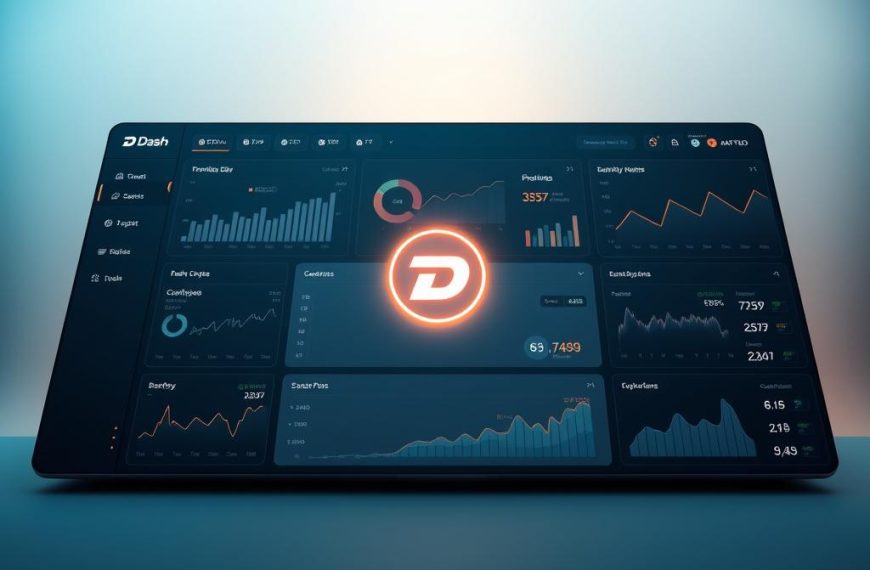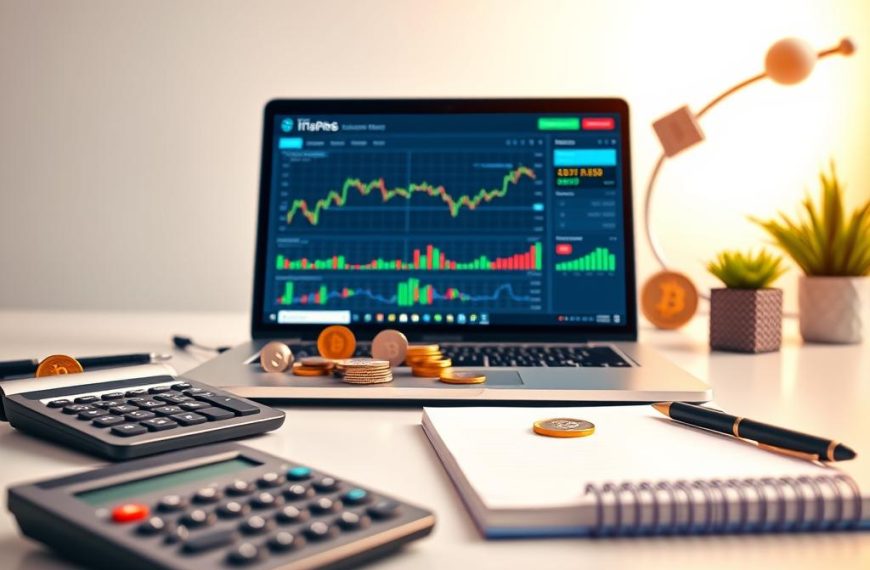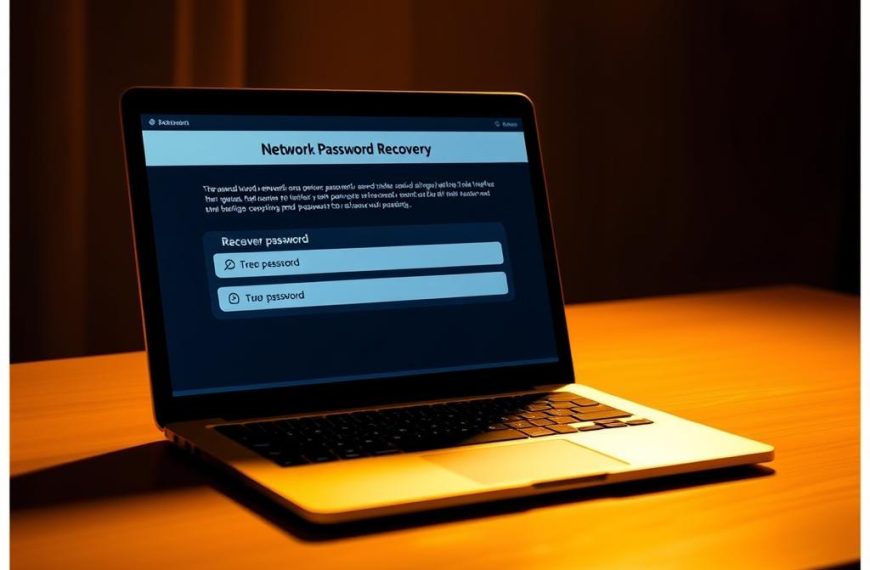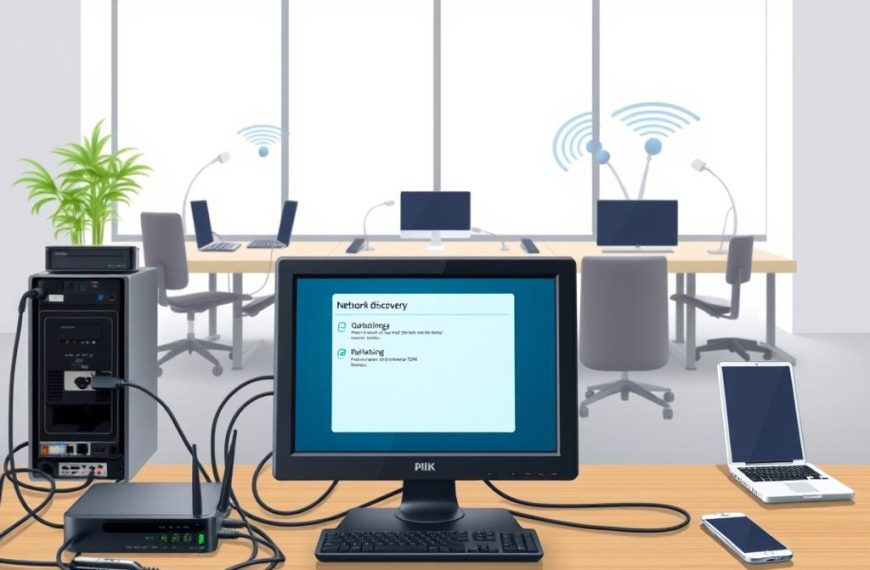Selling crypto can be tricky, but this guide makes it simple. We’ll show you how to turn your digital coins into real money.
The crypto market is a global, decentralised network. It offers unique chances to sell cryptocurrency on various platforms worldwide.
This guide is for both experienced traders and newcomers. We’ll break down complex processes into easy steps. You’ll learn to navigate the digital asset world with confidence.
We’ll cover key aspects of crypto sales. These include market trends, trading tactics, and how to manage risks. By the end, you’ll be ready to sell digital assets like a pro.
Understanding Cryptocurrency Trading Fundamentals
Crypto markets are complex and driven by digital tech and global economics. They’re unique, requiring deep understanding of their dynamics. Traders need to grasp these basics to navigate this intricate world.
Cryptocurrency trading involves various strategies and timeframes. These range from short-term trading to long-term investment. Traders often choose approaches based on their goals and risk tolerance.
- Short-term trading (hours to weeks)
- Medium-term holding (1-2 months)
- Long-term investment (1-2 years)
Cryptocurrency Price Dynamics
Crypto prices are influenced by many factors. The market never sleeps, unlike traditional stock exchanges. This 24/7 nature adds to its volatility.
Key influencers of cryptocurrency valuations include:
- Market demand and supply
- Technological innovations
- Regulatory developments
- Media coverage
- Global economic trends
Market Capitalisation Insights
Market cap is crucial in crypto valuation. It’s the total value of all circulating coins. A high market cap often indicates investor confidence and stability.
Experts advise caution with crypto investments. They should make up no more than 10% of your portfolio. This helps manage the high risk of these volatile assets.
Patience and disciplined research are your most valuable tools in cryptocurrency trading.
Successful crypto trading requires understanding blockchain tech. It’s also vital to watch market cycles and keep a risk-aware strategy. These factors help navigate the crypto landscape effectively.
How Do I Sell My Cryptocurrency
Selling cryptocurrency can be complex, but it’s essential to understand your options. Knowing how to sell helps you make the most of your digital investments.
There are several ways to convert your digital assets into cash. Let’s look at the most effective methods for selling your cryptocurrency.
Cryptocurrency Exchanges: Your Digital Marketplace
Crypto exchanges are the most common way to sell digital currencies. Platforms like Crypto.com and Binance offer many benefits.
These exchanges support multiple currencies like AUD, CAD, EUR, GBP, and USD. They also have competitive fees and allow instant transactions.
- Support for multiple fiat currencies (AUD, CAD, EUR, GBP, USD)
- Competitive withdrawal fees
- Instant transaction capabilities
Wallet App Transactions: Convenience at Your Fingertips
Wallet apps offer a smooth way to sell cryptocurrency. These apps let you track prices, trade quickly, and manage various crypto portfolios.
- Track real-time market prices
- Execute trades instantly
- Manage multiple cryptocurrency portfolios
Bitcoin ATMs: Bridging Digital and Physical Currencies
Bitcoin ATMs are a clever way to convert crypto fast. They allow direct cash withdrawals and offer some unique benefits.
- Instant liquidity
- Anonymity for smaller transactions
- Accessibility in multiple locations
Remember, each selling method carries unique advantages. Choose the approach that best aligns with your financial strategy and comfort level.
Popular Methods for Converting Crypto to Cash
Turning digital assets into traditional money has become easier for crypto investors. There are several ways to convert crypto to cash. Each method has its own benefits and drawbacks.
Peer-to-peer trading platforms offer a flexible way to withdraw fiat currency. These platforms link buyers and sellers directly. They often provide better rates than traditional exchanges.
- Binance P2P: Facilitates trades with escrow services
- Paxful: Offers over 350 payment options
- Enables direct connections with 14 million global users
Cryptocurrency exchanges are another popular method for converting digital assets. Platforms like Coinbase and Kraken allow quick exchanges of crypto into cash. The cash can then be transferred directly to bank accounts.
Crypto-backed credit and debit cards offer a novel spending solution. These cards let users convert cryptocurrency into fiat currency smoothly. Typical conversion fees range between 1-2%.
| Conversion Method | Typical Fees | Transaction Speed |
|---|---|---|
| Peer-to-Peer Trading | Lower fees | Few hours |
| Centralised Exchanges | Standard service charges | Immediate to 1-2 days |
| Crypto-Backed Cards | 1-2% | Instant |
Bitcoin ATMs provide another way to get cash quickly. Keep in mind that these machines often charge higher commissions compared to online platforms.
Remember: Always verify the authenticity of transactions and consult tax professionals, as cryptocurrency conversions are typically taxable events.
Managing Risk and Security During Sales
Cryptocurrency trading requires a strategic approach to crypto security. Digital assets are becoming more valuable, making investment protection crucial. Safeguarding your crypto demands careful attention and proactive measures.
Identity Verification Requirements
KYC procedures are vital in cryptocurrency transactions. These protocols protect investors and platforms from financial risks. Most reputable exchanges now require thorough identity verification.
- Proof of personal identity
- Address verification documents
- Source of funds confirmation
Secure Storage Solutions
Hardware wallets are the gold standard for safeguarding digital wealth. These physical devices offer multiple layers of protection against cyber threats.
| Storage Type | Security Level | Recommended Usage |
|---|---|---|
| Hardware Wallet | High | Long-term holdings |
| Software Wallet | Medium | Regular trading |
| Exchange Wallet | Low | Short-term storage |
Transaction Safety Measures
Protecting your cryptocurrency investments requires constant vigilance. Implement these critical safety strategies:
- Enable two-factor authentication
- Use unique, strong passwords
- Regularly update security settings
- Monitor account activity
Remember, in the dynamic world of cryptocurrency, your security is paramount. Stay informed, stay protected.
Conclusion
Successful crypto selling strategies require knowledge and adaptability. The digital asset landscape evolves, offering exciting opportunities for informed investors. Stay strategic to make the most of these chances.
Your cryptocurrency future hinges on grasping market dynamics and managing risks. Since Bitcoin’s first pizza transaction in 2010, digital asset management has changed dramatically. Investors must stay alert to potential volatility and opportunities.
Balance research, security, and forward thinking when selling cryptocurrencies. Remain flexible and educated, whether cashing out small investments or managing large portfolios. Be ready for market shifts.
The digital currency world offers unique financial possibilities. Keep exploring and refining your crypto selling strategies. Your informed approach will guide you through this dynamic financial landscape.










